Brian Tracey
Automatic Prediction of Amyotrophic Lateral Sclerosis Progression using Longitudinal Speech Transformer
Jun 26, 2024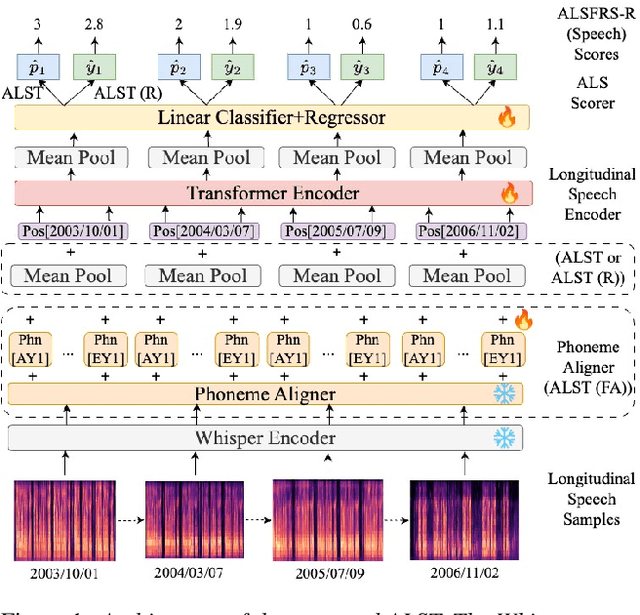
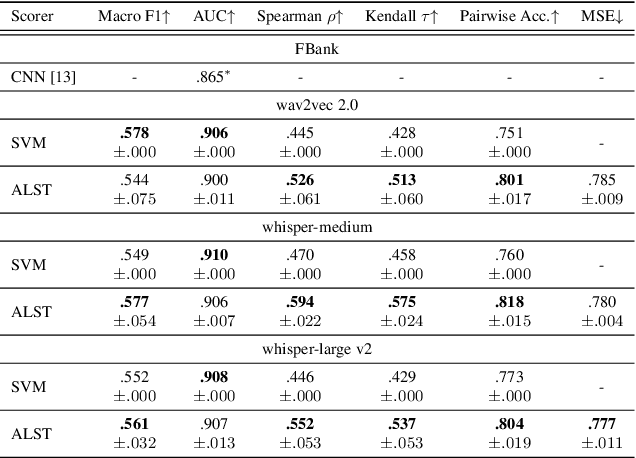

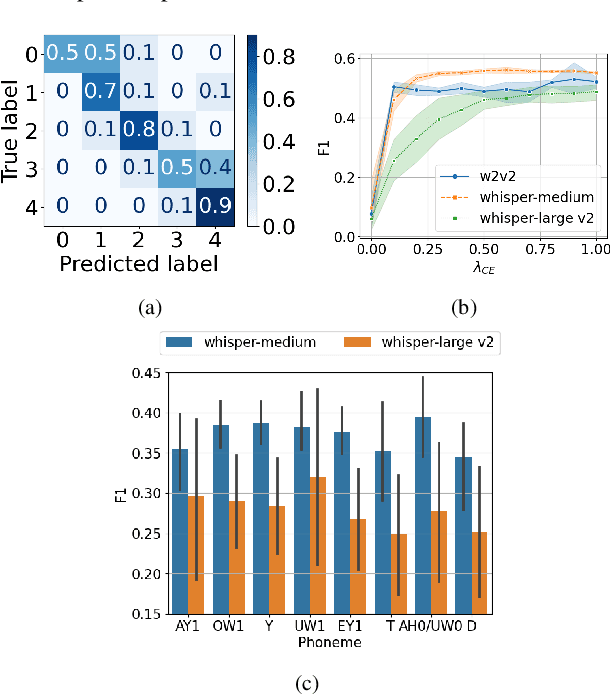
Abstract:Automatic prediction of amyotrophic lateral sclerosis (ALS) disease progression provides a more efficient and objective alternative than manual approaches. We propose ALS longitudinal speech transformer (ALST), a neural network-based automatic predictor of ALS disease progression from longitudinal speech recordings of ALS patients. By taking advantage of high-quality pretrained speech features and longitudinal information in the recordings, our best model achieves 91.0\% AUC, improving upon the previous best model by 5.6\% relative on the ALS TDI dataset. Careful analysis reveals that ALST is capable of fine-grained and interpretable predictions of ALS progression, especially for distinguishing between rarer and more severe cases. Code is publicly available.
On the Fusion of Compton Scatter and Attenuation Data for Limited-view X-ray Tomographic Applications
Jul 05, 2017



Abstract:In this paper we demonstrate the utility of fusing energy-resolved observations of Compton scattered photons with traditional attenuation data for the joint recovery of mass density and photoelectric absorption in the context of limited view tomographic imaging applications. We begin with the development of a physical and associated numerical model for the Compton scatter process. Using this model, we propose a variational approach recovering these two material properties. In addition to the typical data-fidelity terms, the optimization functional includes regularization for both the mass density and photoelectric coefficients. We consider a novel edge-preserving method in the case of mass density. To aid in the recovery of the photoelectric information, we draw on our recent method in \cite{r15} and employ a non-local regularization scheme that builds on the fact that mass density is more stably imaged. Simulation results demonstrate clear advantages associated with the use of both scattered photon data and energy resolved information in mapping the two material properties of interest. Specifically, comparing images obtained using only conventional attenuation data with those where we employ only Compton scatter photons and images formed from the combination of the two, shows that taking advantage of both types of data for reconstruction provides far more accurate results.
Blockwise SURE Shrinkage for Non-Local Means
May 18, 2013
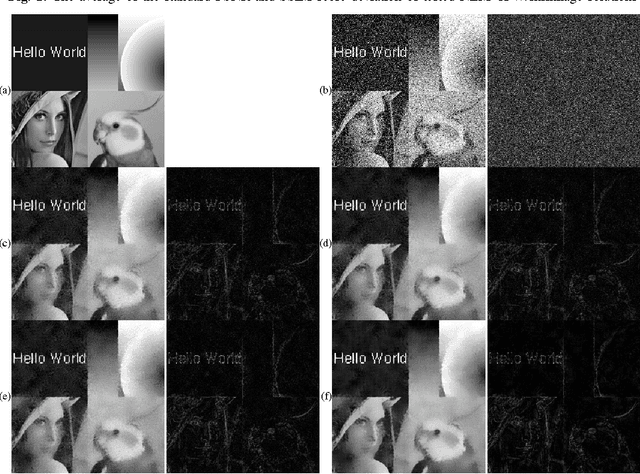
Abstract:In this letter, we investigate the shrinkage problem for the non-local means (NLM) image denoising. In particular, we derive the closed-form of the optimal blockwise shrinkage for NLM that minimizes the Stein's unbiased risk estimator (SURE). We also propose a constant complexity algorithm allowing fast blockwise shrinkage. Simulation results show that the proposed blockwise shrinkage method improves NLM performance in attaining higher peak signal noise ratio (PSNR) and structural similarity index (SSIM), and makes NLM more robust against parameter changes. Similar ideas can be applicable to other patchwise image denoising techniques.
Probabilistic Non-Local Means
Feb 23, 2013



Abstract:In this paper, we propose a so-called probabilistic non-local means (PNLM) method for image denoising. Our main contributions are: 1) we point out defects of the weight function used in the classic NLM; 2) we successfully derive all theoretical statistics of patch-wise differences for Gaussian noise; and 3) we employ this prior information and formulate the probabilistic weights truly reflecting the similarity between two noisy patches. The probabilistic nature of the new weight function also provides a theoretical basis to choose thresholds rejecting dissimilar patches for fast computations. Our simulation results indicate the PNLM outperforms the classic NLM and many NLM recent variants in terms of peak signal noise ratio (PSNR) and structural similarity (SSIM) index. Encouraging improvements are also found when we replace the NLM weights with the probabilistic weights in tested NLM variants.
James-Stein Type Center Pixel Weights for Non-Local Means Image Denoising
Nov 07, 2012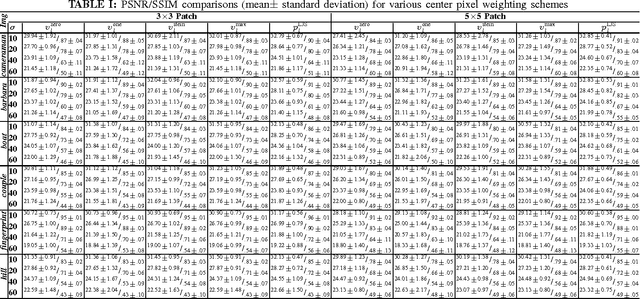
Abstract:Non-Local Means (NLM) and variants have been proven to be effective and robust in many image denoising tasks. In this letter, we study the parameter selection problem of center pixel weights (CPW) in NLM. Our key contributions are: 1) we give a novel formulation of the CPW problem from the statistical shrinkage perspective; 2) we introduce the James-Stein type CPWs for NLM; and 3) we propose a new adaptive CPW that is locally tuned for each image pixel. Our experimental results showed that compared to existing CPW solutions, the new proposed CPWs are more robust and effective under various noise levels. In particular, the NLM with the James-Stein type CPWs attain higher means with smaller variances in terms of the peak signal and noise ratio, implying they improve the NLM robustness and make it less sensitive to parameter selection.
 Add to Chrome
Add to Chrome Add to Firefox
Add to Firefox Add to Edge
Add to Edge